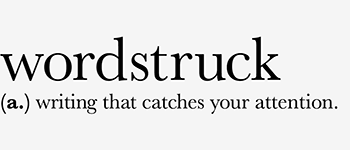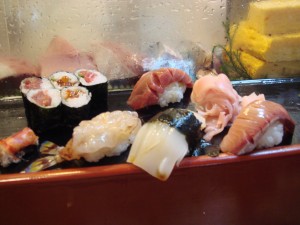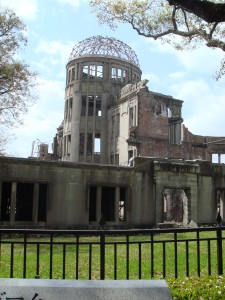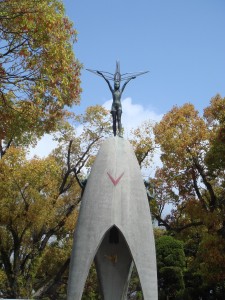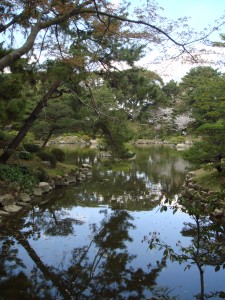I always delight in a new book. And although I have embraced the electronic version as an excellent way of carrying a library around with me, there’s nothing quite like the feel of book made of paper.
Today’s is a particular delight, being an extravagant hardback. A hefty tome that sits, spine along the palm of my hand as its glossy pages open, peppered with photographs. For, this is not fiction, but a cookery book.
As I glance through its pages at random, I stop at one headed ‘Breakfast in Japan’. Here’s the first paragraph:
“Kyoto wakes late, which at least gives me time to write. A perfect morning. Grey clouds. Mist hangs low over the hills like woodsmoke. Soft raindrops. An old woman rides her bike, wobbling, a transparent umbrella in her right hand. Breakfast is miso soup in a deep, black, lacquer bowl, and grilled silver mackerel. A plate of pickles, vivid purple cabbage, white radishes, shredded daikon is salty, sour and crisp.”
Which is why Nigel Slater is my favourite food writer. You will find recipes in his books. Good ones, creative and useful ones. But he’ll also take you through the whole sensual experience of growing, preparing, cooking and sharing a meal.
In a few words he’s taken me to the other side of the world and offered me a rather strange, but enticing breakfast, and I’m hooked to a cookery book. Maybe it’s because I’ve been to Japan and had fish for breakfast – raw fish in fact in the form of sushi and sashimi just outside Tokyo’s famous Tsukiji fishmarket. But good writing can transport you to new places and give you a sense of sights, sounds and cultures you may never actually experience.
So what does it matter that a cookery book is beautifully written? Surely it’s all about the recipes and the method? The proof’s in the pudding, so to speak.
Well I think it does matter. Because it shows me that Nigel Slater really cares about his work and that he wants to share, not just the end result, but the whole experience. By opening up his memories and thoughts he shares something of himself, as he passes on the pleasures of tastes, flavours and ingredients. If he writes so beautifully, you just know that what he cooks will be served up with as much love and care. To me, Nigel Slater is just as much a writer as he is a cook. And probably the person I’d most like to invite me round for dinner.
Dipping into the third volume of his Kitchen Diaries at that particular page has also brought back memories of my own wonderful time in Japan. The blog posts I wrote then are no longer online, but I still have my notebooks, photographs and poems inspired by my trips there. Maybe it’s time to reflect and republish. Would you like to read more about travelling and eating in Tokyo, Kyoto, Nara and Takayama?
